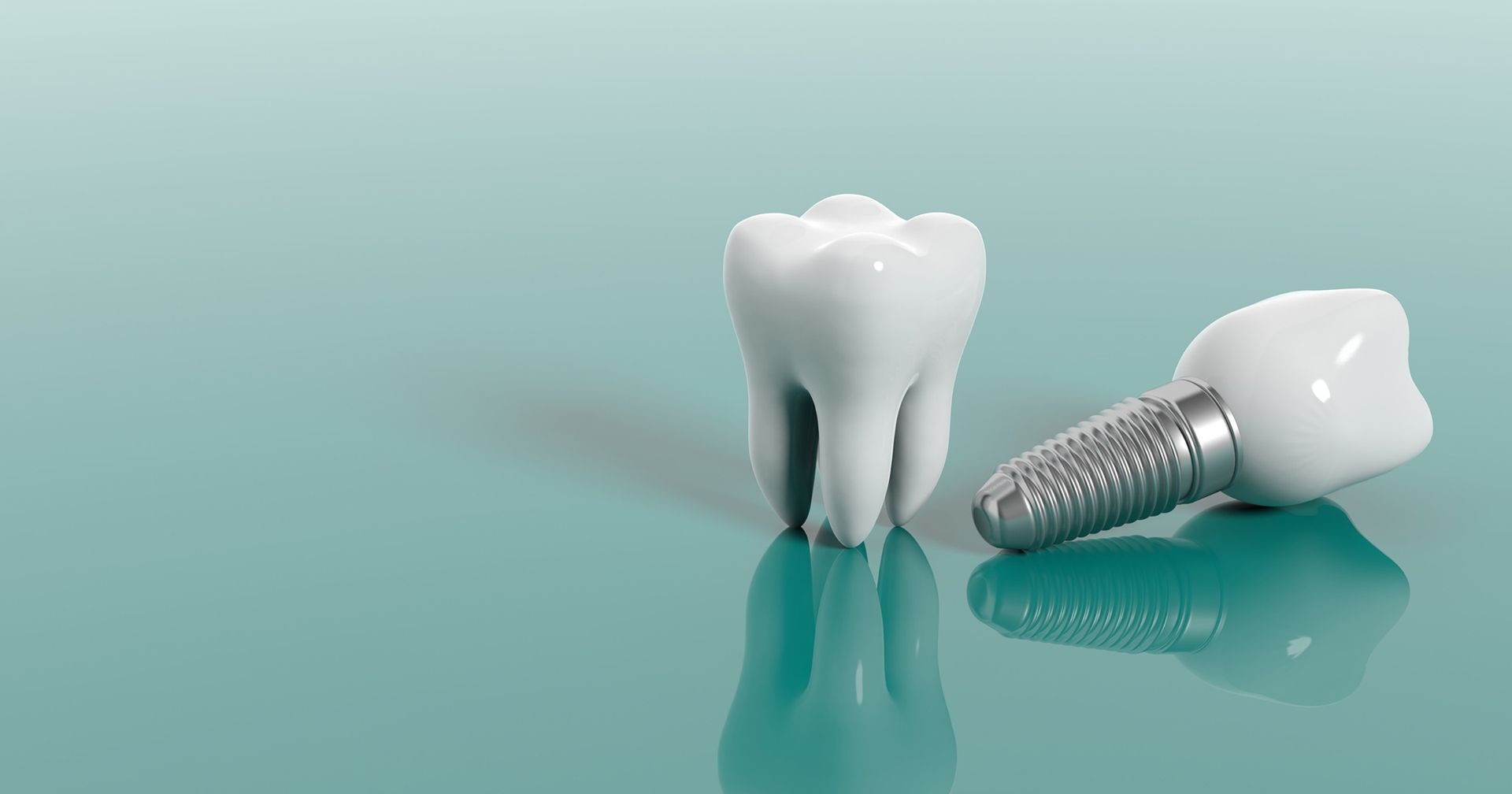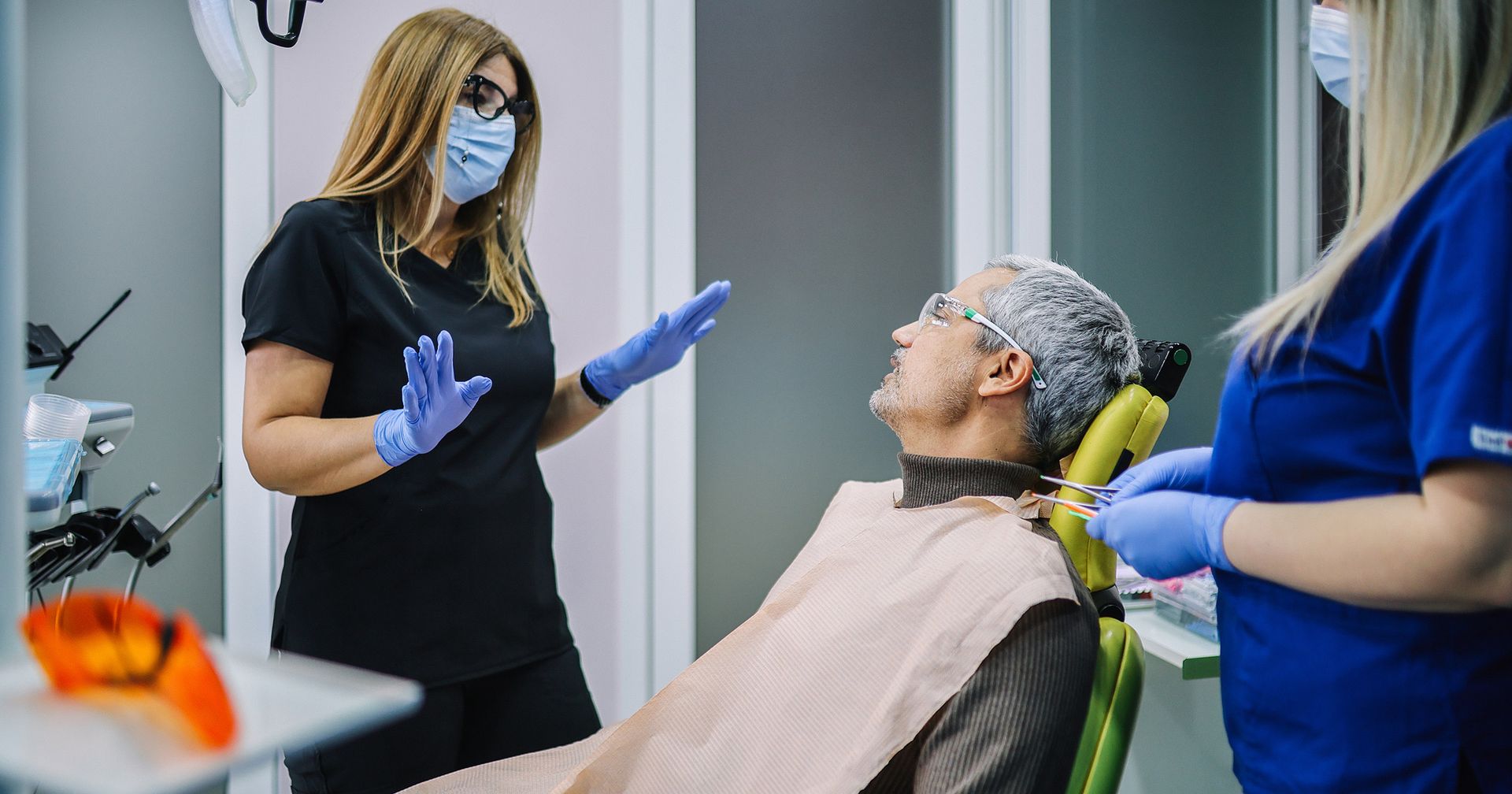Does Periodontal Treatment Prevent Further Gum Disease
Shawn Kimmel • January 5, 2018
Periodontal disease / infection is a condition of the gum tissue that surrounds your teeth. In a healthy mouth, your bone and gum tissue should fit snugly around your teeth like a turtleneck around your neck. When you have gum / periodontal disease, this supporting gum and bone is destroyed, forming “pockets” around teeth. Over time, these pockets become deeper, providing space for more bacteria to live and and worsen the gum disease / infection. In its earliest stages, you might experience symptoms including red, inflamed or swollen gum tissue and gum pockets around teeth. Many people with early-stage periodontal disease notice that their teeth bleed when they brush or floss. If the condition is not treated, your gum tissue could recede, causing your teeth to become sensitive, shift, become loose or fall out. People who are diagnosed with periodontal disease often want to know, “Does periodontal treatment prevent further gum disease?”, and the answer is it has a very good chance.
Deep Cleaning Treatment for Early-stage Periodontal Disease
When your periodontal disease is diagnosed at an early stage, your dentist or Periodontist (Gum Specialist) may be able to prevent it from advancing by performing a deep cleaning. A deep cleaning treatment involves removing the tartar along and under the gum line. This procedure is also called root planing and scaling. It helps your gum tissue to heal and removes bacteria that cause inflammation. For most people with early-stage gum disease, this deep cleaning combined with regular check-ups and good oral hygiene at home may be enough to prevent further gum disease.
Checkups for Periodontal Pockets
After a root scaling and planing treatment, your dentist or Periodontist will ask you to return to the office so that the pockets around your tooth roots can be checked. This follow-up visit is designed to answer the question, “Has Periodontal treatment successfully placed the gum disease under control?” If the pockets have shrunk and your gums are healing, no further treatments may be needed. Your dentist or Periodontist may have you come in every 3 to 4 months to monitor the pockets. Your dentist / Periodontist might also recommend that you come in for more frequent regular cleanings once the pockets have healed. This helps to ensure that tartar and plaque are kept to a minimum.
Surgical Care for Periodontal Disease
When you are diagnosed with advanced periodontal disease, you may need surgical treatments in order to treat and prevent complications such as loss of jaw bone mass or loss of your teeth. There are several surgical periodontal treatments that your dentist might recommend, such as Flap Debridement or Osseous Surgery. These treatments are designed to restore the health of your gum tissue and eliminate the pockets around your tooth roots. Another option is a bone graft. You might need this if you have lost some of the bone around your teeth.. The bone graft encourages your body to grow new, healthy bone tissue to replace what was destroyed by the periodontal disease. If your teeth have become loose, your dentist might provide a splint or retainer to stabilize them.
Follow-up Care After Periodontal Surgery
In most people, surgery for periodontal disease helps to stop the advancement of the condition. Your dentist will ask you to come in every 3 to 4 months for follow-up and monitoring of your recovery. We suggest you come for regular in-office cleanings and proper oral hygiene at home continue to help keep it under control in preventing periodontal disease process. Find out how you can be proactive about your gum health. Call us today: 847-685-6686















